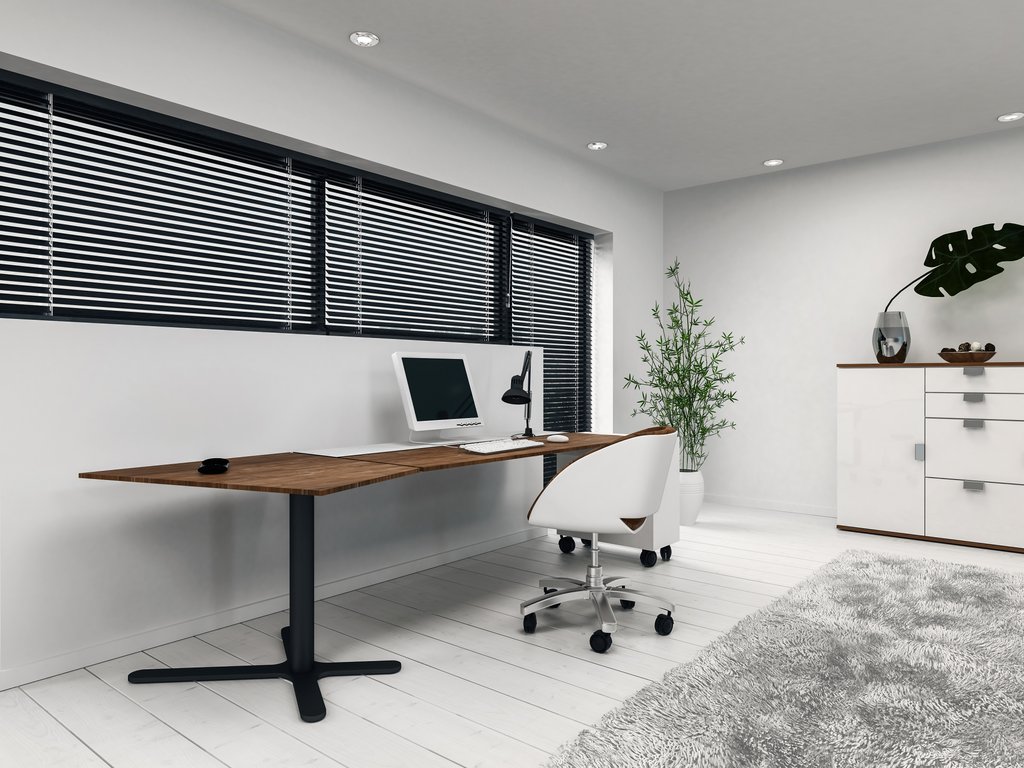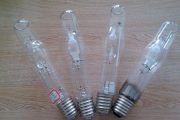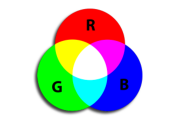LED lighting offers many benefits and features that were difficult, if not impossible to offer with other lighting technologies. Many of the obvious benefits, such as substantial operating energy and cost reductions, longer life, and lower overall heat generation are generally well known. Another feature that allows for dramatic appearance and productivity benefits now and in the future, involves the color temperature of the light produced by LEDs.
1 What is CCT(correlated color temperature)?
CCT is the appearance of white light, in terms of warmth or coolness. A warm color corresponds to a lower CCT, while cool colors are associated with a higher CCT. Measured in Kelvin on a scale of 1,000-10,000, color temperature describes the appearance of the illumination provided by a bulb. The lower the Kelvin number, the more orange/red/yellow the light. Matching the color of light to the surroundings will create harmony for the eyes and make the space look and feel comfortable and “right”.
The kelvin is the base unit of temperature in the International System of Units (SI), having the unit symbol K. It is named after the Belfast-born, Glasgow University engineer and physicist William Thomson, 1st Baron Kelvin (1824–1907).
2 Applications of warm white (2700-3300K) :

Warm whites are therefore an ideal choice for making people feel at home, which is why they are the most common choice for residential use, or for when trying to capture that ‘homey’ feeling such as: the living room, dining room, bedroom or any other room where you want soft lighting. Warm white is more relaxing for the eyes and softens the skin tone and reduces imperfections. We all look better in warm white.
If you’ve ever been to a bed and breakfast hotel or shopped or eaten at an ‘old-timey’ establishment, you might have noticed warm white lights making those places feel a little more comfortable. Perhaps you did not notice it at all, not consciously – but your wallet probably did, because in a cozy, comforting, and home-like environment, you were more likely to trust, spend, and tip more.
We all know that the first artificial light that humans have is fire, and various evidences indicate that the earliest use of fire by our ancestors can be traced back to a million years ago. If you have ever felt warm and comfortable sitting by a fireplace or bonfire, it is thanks to the adaptation to fire, lighting, heating and cooking for thousands of years. This adaptation is so rooted in our brains that only the image of fire can evoke people’s warmth and comfort. In the latter part of human history, bonfires replaced fireplaces, then candles, and finally old incandescent bulbs-all of which produced a warm white color.
On a more practical level, warm whites accent wood and bricks well, and make reds, yellows, and oranges more vivid while muting greens and blues. Warm white may not be an appropriate choice in business environments where productivity might be affected by employees getting too comfortable, or in settings where accurate color reproduction is necessary (more on that when we talk about Neutral White).
3 Applications of neutral white(3900-4200K):

Neutral white LEDs are typically used in signage (because it works better with filters, producing more accurate colours of storefronts and displays). Neutral white can also be an excellent choice for office buildings and home installations as well. It is mostly replied in precision work with makeup, hair color, photos, illustrations, paintings or anything requiring an uncompromised look at colors.
As the name implies, neutral white can be a little, well, neutral – so if you’re creating a space with a specific mood in mind, then neutral white lighting can make space feel a little clinical, rather than inviting, or exciting – and if you’ve gone to the trouble in making a space feel a certain way, then having a light source that merely provides illumination alone as opposed to being part of that space can feel like a letdown.
Neutral white light is a relatively modern invention – as it wasn’t until lighting technology matured in the mid-1900s that color temperatures could be specified to be anything other than the traditional warm white of incandescent light bulbs. Unlike Warm White and Cool White, there is no ‘natural’ use for lights in the neutral white range.
Being neutral, however, does have its advantages. Unlike cool and warm whites, neutral white reproduces all colors equally well, so it’s the ideal (some might say ‘only’) choice for displaying merchandise, art, or photography. You’ll find neutral whites used almost exclusively in art galleries and museums, and anywhere that accurate color reproduction is important. Performing detailed or high precision work can also be easier under neutral white lighting.
Because warmer and cooler lights accentuate and mute certain colors, neutral whites are also preferred in spaces that feature many colors – where the blue of cool whites and the yellow/orange of warm whites would brighten certain colors while darkening others. A high-quality neutral white is a great choice to make sure branding materials display logos and colors accurately.
4 Applications of cool white(5000-6000K):

Cool whites are popular in office buildings, the kitchen, the garage, the workshop, product displays, hair salons, make-up room, industrial applications or any other application that requires a lighting that will represent the real color of an object, where this lighting can serve as an enliven-er and morale improver – particularly if the space does not have a source of natural light, such as windows or skylights.
They are often used by retailers to ‘liven up’ or provide energy to what might otherwise be a dull or uninteresting display. Unlike warm whites, which often work well at subtler outputs, cool whites tend to provide better results when they are bright, making your products pop!
Cool white is sometimes called ‘daylight’ – and with good reason, as the hint of blue in lights above 5000K or so evokes the brilliant sun and blue skies of a clear, cloudless day. Cooler whites, then, tap into our instinctual affinity for being outside and the freedom and possibilities that come with it. Sunlight on your skin causes D3 vitamins to release into your bloodstream, actually making you happier.
Cool whites can help add a sense of life, excitement, and energy to spaces that warm whites lack. While they do have a small amount of blue in them, it’s not as noticeable as the orange/yellow in warm whites, meaning that cool whites also do a pretty good job displaying colors.
Cool whites tend to work less well with wood and bricks than warm whites, as the natural yellows and reds in those materials are rendered less visible by the blueish tints of the cool white. This makes cool whites less useful in residential applications, though they can be used with great effect in areas with neutral (black, white, grey) or cool (blue, green) colors.
5 Conclusion:
Different color temperatures have their uses. When choosing the color temperature, you should remember this: matching color temperature to your environment. Generally speaking, pure white is less used compared with others. If you have any questions about whether to choose warm white or cold white, please refer to this blog[click here].








